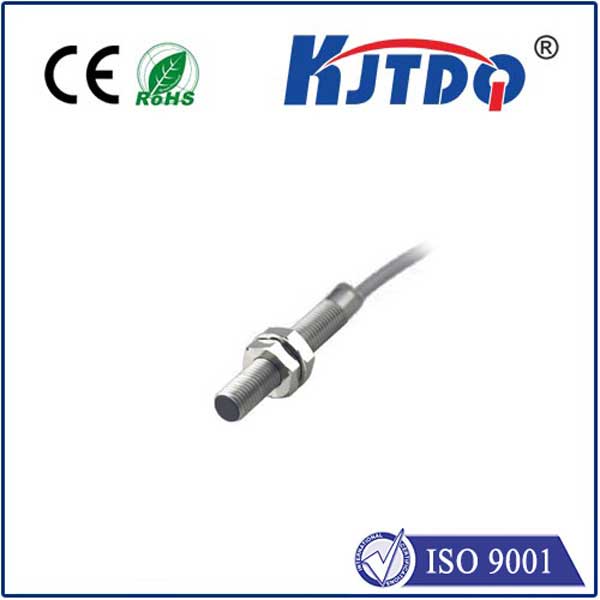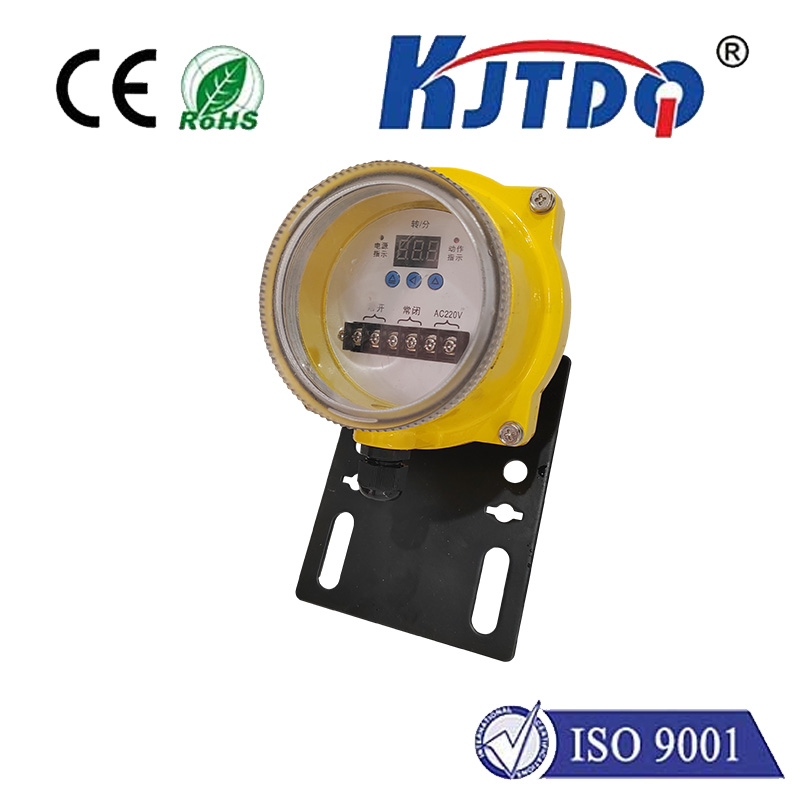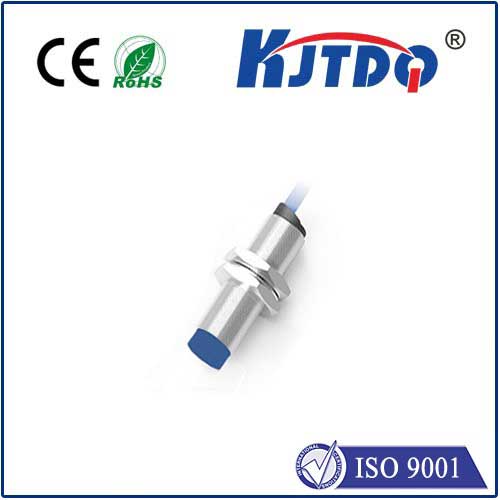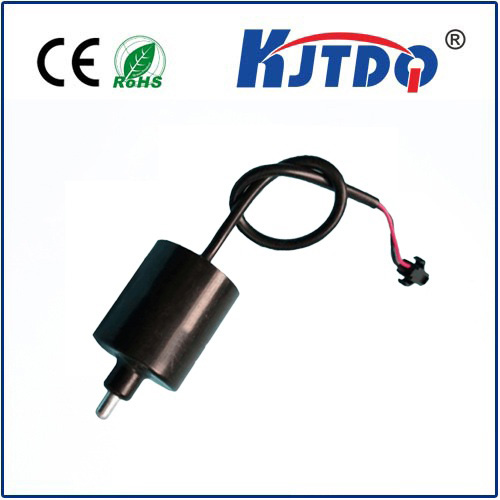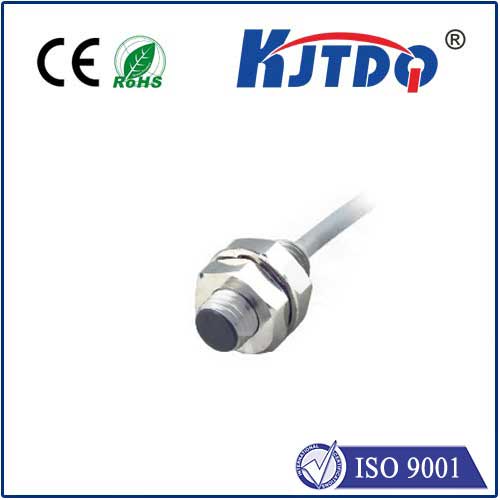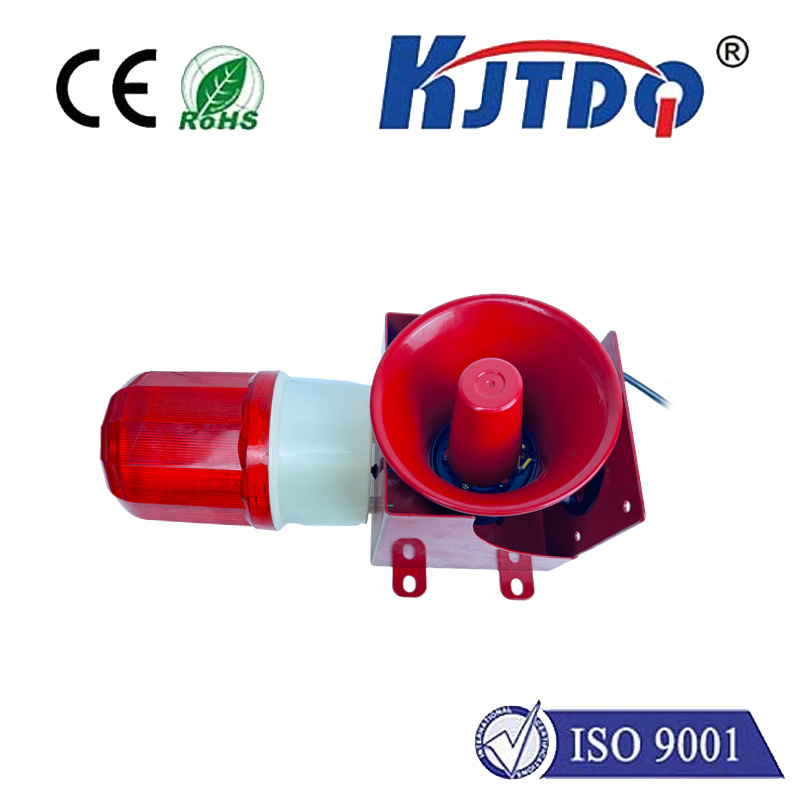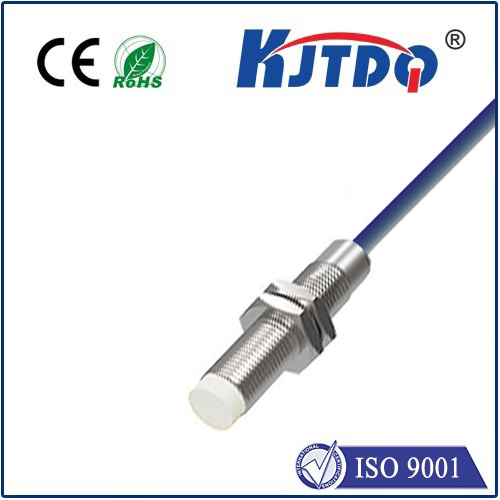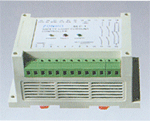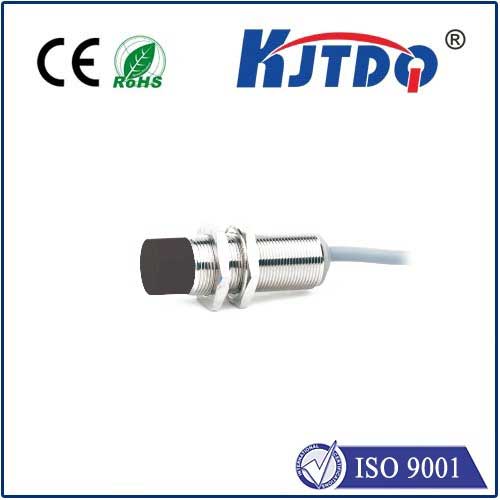
check

check

check

check
Title: The Importance ofhall Proximity Switch Sensor in Modern Engineering
Introduction
In the world of engineering and technology, innovation is constantly pushing boundaries and expanding horizons. One area that has seen significant advancements in recent years is the field of sensors. Among the many different types of sensors available, the hall proximity switch sensor stands out as a crucial component in numerous applications. This article explores the role of the hall proximity switch sensor, its importance in modern engineering, and how it has revolutionized industry standards.
Definition of Hall Proximity Switch Sensor
A hall proximity switch sensor is a type of mechanical sensor that detects the presence or absence of an object in its path. It operates based on the principle of electromagnetic induction, where a magnetic field created by the switch generates an electric current in response to changes in the presence or absence of an object. This electric current can then be used to trigger actions in various devices or systems.
The Role of the Hall Proximity Switch Sensor
The hall proximity switch sensor plays a critical role in several industries, including manufacturing, automotive, aerospace, and robotics. Its primary function is to provide a reliable and accurate means of detecting the presence or absence of an object within a given distance. This makes it an essential component in many machines and systems, including conveyor belts, industrial robots, and safety systems.
In manufacturing facilities, the hall proximity switch sensor is used to control the movement of automated machines and equipment. By detecting the presence of objects within its operating area, these machines can operate safely and efficiently. Similarly, in industrial robots, the hall proximity switch sensor is used to ensure proper alignment and positioning of tools, improving overall productivity and reducing errors.
The hall proximity switch sensor also plays a critical role in safety systems such as fire alarms and smoke detectors. These systems use the sensor to detect the presence of smoke or other dangerous materials, triggering alerts to prevent accidents and save lives.
Revolutionizing Industry Standards with New Technologies
As technology continues to advance, new innovations are constantly being developed to improve the functionality and performance of hall proximity switch sensors. One such development is the integration of wireless connectivity into these sensors. This allows for real-time data collection and communication between devices, greatly enhancing efficiency and accuracy.
Another major advancement is the development of more sophisticated algorithms that can interpret data from multiple sensors simultaneously, leading to improved decision-making processes in complex systems. Additionally, the use of artificial intelligence and machine learning techniques is helping to optimize sensor performance and improve overall system efficiency.
Conclusion
The hall proximity switch sensor is a crucial component in modern engineering, playing a vital role in ensuring safe and efficient operations across various industries. As technology continues to evolve, we can expect even greater improvements in sensor design and performance, further revolutionizing industry standards and pushing the boundaries of what is possible.
